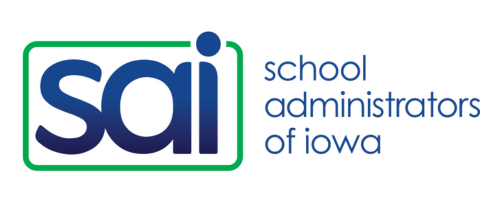10 Features for Successfully Redesigning Secondary Schools
Date postedApril 18, 2024
The 10 features of successfully redesigned schools include:
- Positive developmental relationships. Research affirms the need for trusting, supportive relationships between students and teachers for students to engage in learning at high levels. The report notes the challenges of developing such relationships in a factory-model design. Key practices to develop such relationships include the following:
- Smaller Learning Communities
- Student-centered Staffing Models
- Block Scheduling
- Interdisciplinary courses
- Looping
- Longer Grade Spans—Research suggests schools with longer grade spans, such as K–8 at the elementary level or 6–12 at the secondary level, support better student outcomes due to the longer-term relationships that are formed and the elimination of at least one disruptive transition between elementary school and secondary school.
- Advisory Systems
- Safe, inclusive school climate. “Positive relationships between educators and students are necessary but not sufficient to ensure that students succeed in school. For students’ full learning potential to be unleashed, they need to be in an environment that is both physically and psychologically safe, calm, and consistent—a place where they can experience trust and belonging, so they can take risks and thrive.” Key practices include...
- Community Building (e.g. creating community circles, developing shared values)
- Social and Emotional Learning (e.g. developing a growth mindset, incorporating trauma-informed processes, mindfulness)
- Restorative Practices
- Culturally responsive and sustaining teaching. Ensure all students feel valued and seen for who they are. Key practices include...
- Counteracting stereotype threat (ensure all students feel that they belong)
- Building Empathy
- Supporting culturally Responsive Teaching and Learning
- Deeper learning curriculum. Key practices that support deep rigor and relevance include the following:
- Learning through Inquiry
- Project Based Learning
- Linked Learning (link to students’ experiences and the real world)
- Student-centered pedagogy. Students learn best when their learning is personalized and considerate of their interests. Key practices for this feature include the following:
- Multiple Pathways to Learning
- Universal Design for Learning (UDL)
- Additional Classroom Supports
- Supports Beyond the Classroom (e.g. tutoring, blended learning)
- Explicit Teaching and Scaffolding
- Feedback and Revision
- Authentic assessment. Be clear about what students should know and be able to do, and ask them to demonstrate that learning through performance-based approaches. Key practices:
- Clear and Meaningful Expectations
- Performance Assessment
- School Supports (e.g. joint curricular planning, performance assessment networks)
- Well-prepared and well-supported teachers. Key practices in this area include the following:
- Teacher Preparation (deep subject matter knowledge, understand needs of diverse learners, instructional pedagogy, dispositional skills –empathy)
- Ongoing Learning for Teachers (job-embedded PL)
- Time for Teacher Collaboration
- Strategies for Teacher Learning (e.g. action research, reciprocal peer observation)
- Authentic family engagement. Key practices include the following:
- Regular, Positive Communication with Families
- Home Visits
- Family Involvement
- Community connections and integrated student supports. Key Practices:
- Knowledge of the Community
- Community Schools
- Shared decision-making and leadership. Key Practices:
- Shared Norms and Values—community-wide
- Agency and Voice (e.g., faculty teams, Student groups)
Read the full report for detailed information about each of the 10 features and the practices that support their implementation as well as references to additional resources.
